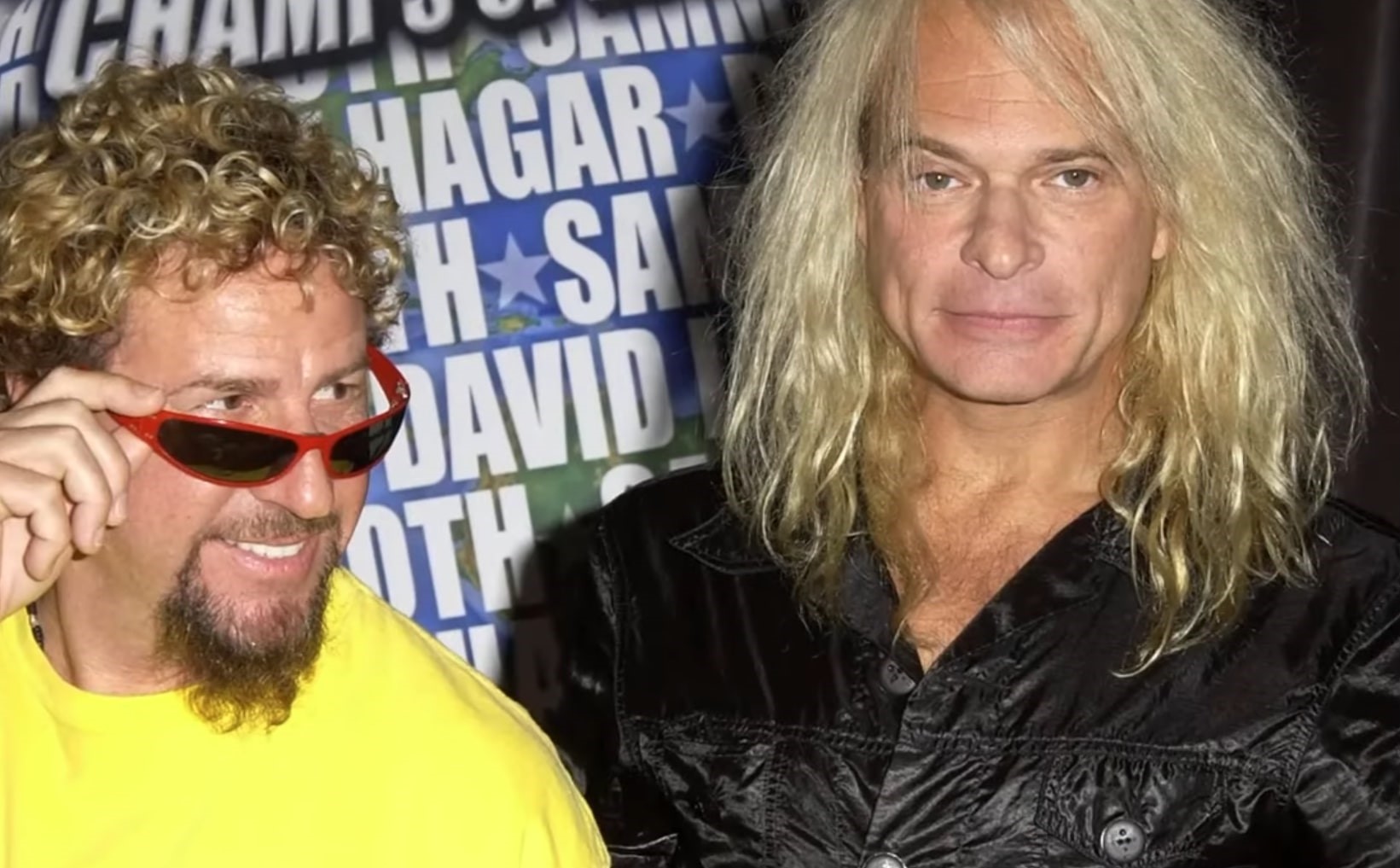
What happens when music’s brightest stars face their darkest demons? Behind the electric performances and platinum records, addiction has claimed countless rock legends. The music industry’s fast pace and excess created perfect conditions for substance abuse. Stars like Kurt Cobain, Amy Winehouse, and Jimi Hendrix all joined the “27 Club” far too soon. Their stories reveal warning signs and lessons for anyone in creative fields.
21. Kurt Cobain: Grunge’s Authentic Voice
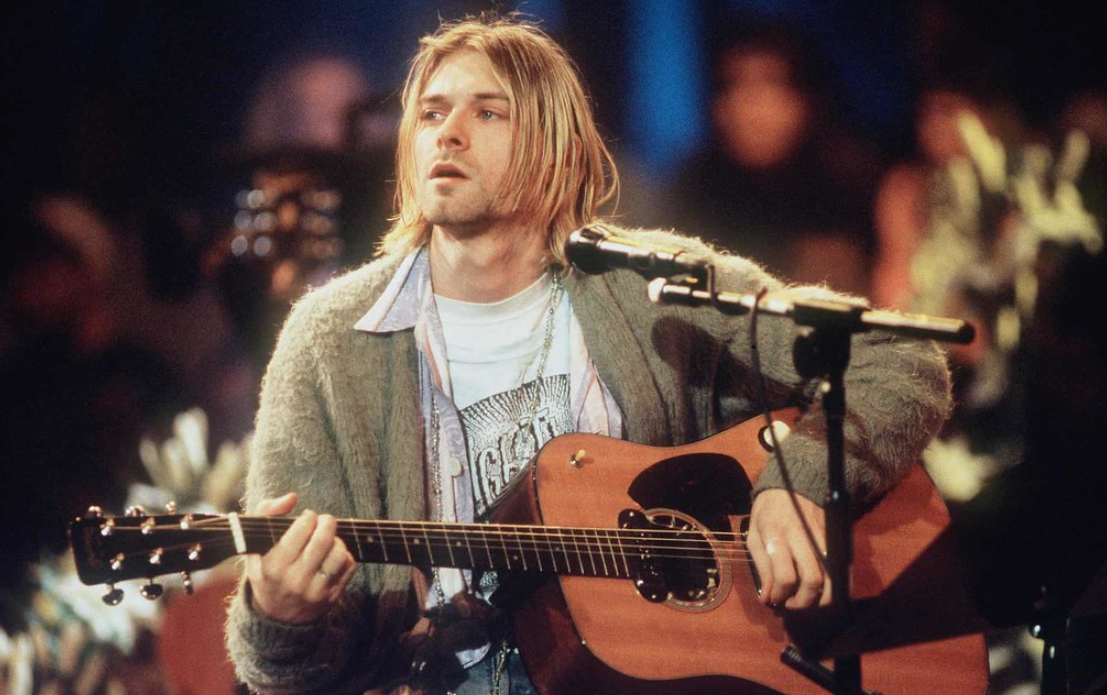
Struggling with fame’s crushing weight? Kurt Cobain’s story shows how even groundbreaking success offers no protection against inner demons. His introspective lyrics captured widespread disillusionment, helping Nirvana sell over 75 million albums worldwide. Many fans recognize the anguish behind his music as Cobain wrestled with depression and heroin dependency throughout his success. Despite rehabilitation attempts, Cobain died by suicide at 27, leaving unanswered questions about fame’s pressure and mental health needs. Mental health resources in the music industry have improved since 1994, sparked largely by the tragic void his death created.
20. Jimi Hendrix: Guitar Revolutionary
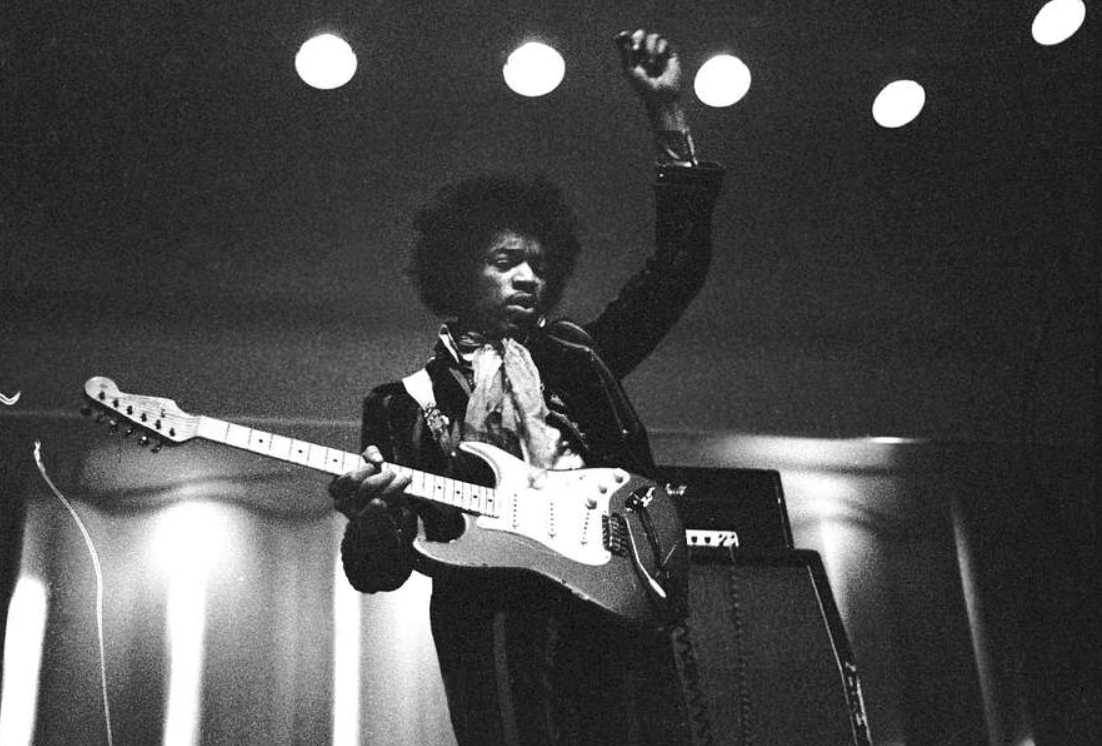
The electric guitar found its ultimate master when Jimi Hendrix unleashed techniques that forever changed rock’s sonic landscape. His innovations transformed musical possibilities, inspiring generations of guitarists across all genres. His influence echoes through nearly every guitar-driven style today, from metal to indie rock. Hendrix died from accidental asphyxia due to a barbiturate overdose at age 27, joining the infamous “27 Club” of talented musicians. When brilliant artists lack proper support systems, their extraordinary gifts can disappear in an instant.
19. Ozzy Osbourne: Metal’s Unlikely Survivor

“He’ll be dead within a year” – medical experts repeatedly predicted Ozzy Osbourne’s demise, yet he defied expectations by surviving decades of substance abuse. His distinctive vocals with Black Sabbath established the blueprint for heavy metal, while his notorious behavior became an industry legend. His wild antics gained almost as much fame as his music. Despite numerous overdoses and health scares, Ozzy continues performing at age 75, showing remarkable resilience. For those battling addiction, his ongoing presence on stage offers tangible proof that recovery remains possible even after years of self-destruction.
18. Keith Richards: Rolling Through Decades

If you’re amazed by tales of survival against impossible odds, Keith Richards stands as rock’s most improbable success story after decades of legendary excess. His infamous heroin addiction during the 1970s nearly overshadowed his musical contributions, with experts repeatedly forecasting his demise. Many wonder how he outlasted so many contemporaries who faced similar challenges. Through rehabilitation and determination, Richards conquered his dependencies and continues performing into his 80s. The Rolling Stones’ continuing tours demonstrate how sobriety can fuel creativity and performance well beyond expected career endpoints.
17. Sid Vicious: Punk’s Self-Destructive Icon
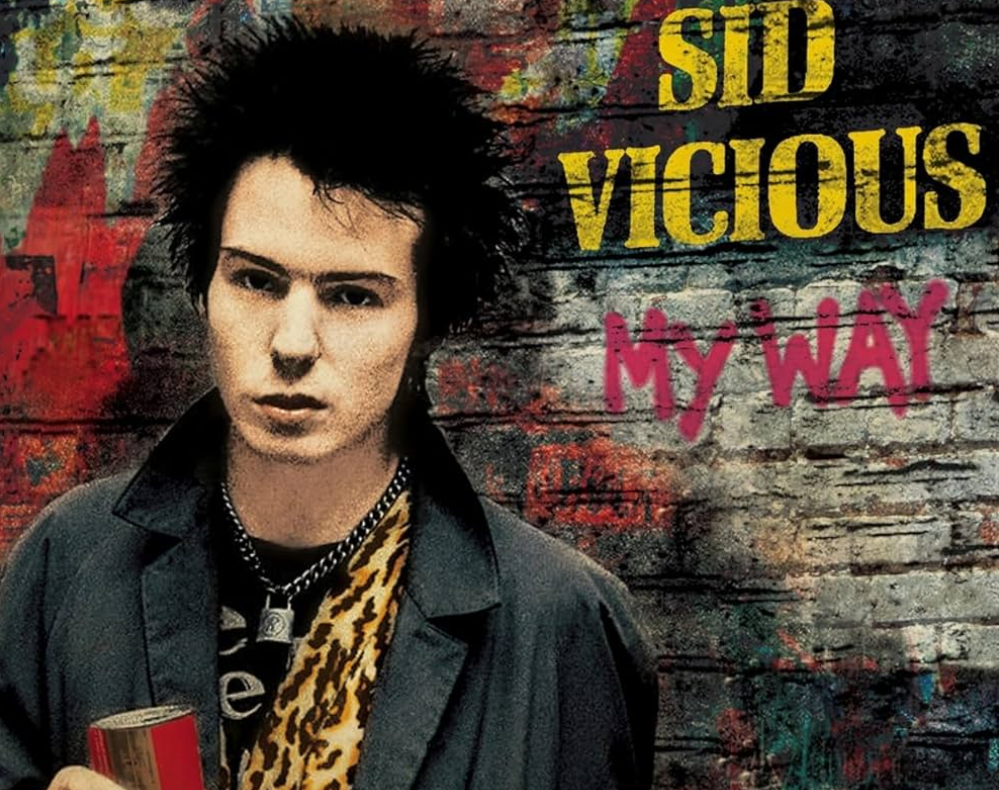
At just 21 years old, heroin extinguished Sid Vicious’s chaotic flame, cutting short his tenure with the Sex Pistols that embodied punk’s nihilistic spirit. His volatile relationship with Nancy Spungen ended tragically when she was found dead in their hotel room. Music historians consider him among punk’s most tragic figures, with his story as an unfortunately all-too-common cautionary tale. Following Nancy’s death, Sid faced murder charges before succumbing to a heroin overdose. When substance use spirals out of control, the descent from notoriety to tragedy can happen with devastating speed.
16. Janis Joplin: Soul-Shaking Blues Pioneer

Ever wondered what authentic blues sounds like when filtered through raw emotional pain? Janis Joplin answered that question with soul-shaking vocals that defied musical conventions. Her emotional honesty connected with millions who found their own feelings articulated through her performances. Countless female vocalists draw inspiration from her groundbreaking approach to rock singing. Behind her confident stage persona, Joplin battled insecurity and escalating substance use. Modern support systems might have transformed her brief, brilliant flash into decades of groundbreaking artistry.
15. Slash: Reinvention Through Recovery

A life-threatening heart condition became the wake-up call that saved Slash’s career after years of substance abuse threatened his extraordinary guitar legacy. His technical prowess and emotional expressiveness created unforgettable riffs that instantly entered the classic rock canon. His instantly recognizable style sets him apart from countless imitators. After years of heavy substance abuse in the 80s and 90s, a serious cardiomyopathy diagnosis forced a critical turning point. If you’re facing a health crisis related to substance use, his story demonstrates how medical emergencies can become powerful catalysts for lasting positive change.
14. Axl Rose: Volatile Talent Finds Balance

Notorious for keeping fans waiting hours, Axl Rose combined vocal brilliance with unpredictable behavior that both captivated and frustrated Guns N’ Roses audiences worldwide. His substance issues contributed to jaw-dropping meltdowns during live performances, concert delays, and onstage confrontations. Headline-grabbing outbursts characterized the band’s commercial peak years. Despite these challenges, Rose eventually stabilized his personal life and reunited with former bandmates for successful tours. The band’s sold-out reunion shows prove that artistic redemption remains accessible even after years of chaotic behavior.
13. Anthony Kiedis: Persistent Recovery Warrior

From Los Angeles streets to global stardom, Anthony Kiedis transformed personal demons into creative fuel that propelled the Red Hot Chili Peppers to worldwide success. His ongoing addiction struggle became central to both his personal story and the band’s evolution. The Chili Peppers’ lyrics often trace his recovery journey across decades of music. His memoir “Scar Tissue” unveiled the painful reality behind his substance battles. When recovery follows an imperfect path with setbacks and restarts, continued dedication to sobriety still enables remarkable artistic growth.
12. Layne Staley: Grunge’s Haunting Voice Silenced

Grunge’s most haunting voice fell silent when Layne Staley’s heroin addiction consumed both his remarkable talent and, eventually, his life. His distinctive tone and delivery perfectly captured the pain reflected in the band’s powerful lyrics. His vocal approach transformed how alternative and metal singers approached emotional expression. His increasing heroin dependency gradually consumed both his life and his creative output. Caught in isolation’s downward spiral? Effective intervention might preserve talents that seem destined to disappear forever.
11. Jim Morrison: Poetic Flame Extinguished Early
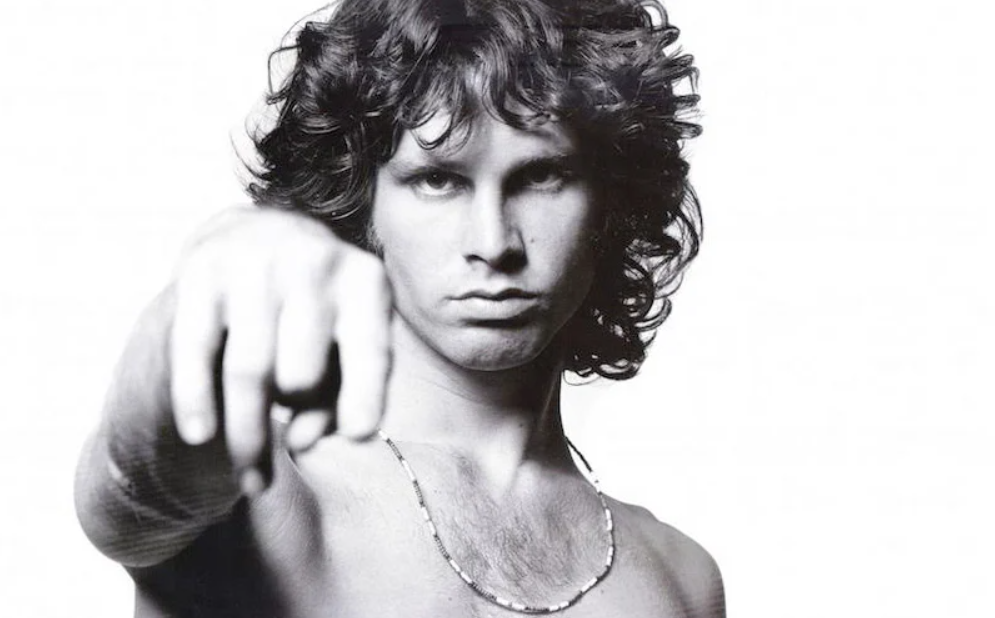
“Break on through to the other side” became both artistic manifesto and tragic prophecy when Jim Morrison merged poetry, theatricality, and provocation as The Doors’ frontman. His deep, resonant voice and poetic sensibility invited audiences into an altered consciousness through music alone. Countless performers adopted elements of his mysterious persona in the decades following his death. His growing dependence on alcohol and other substances contributed to his premature death at 27. Creative exploration walks a dangerous tightrope when substances become tools for accessing artistic states.
10. Steven Tyler: Aerosmith’s Phoenix Rising
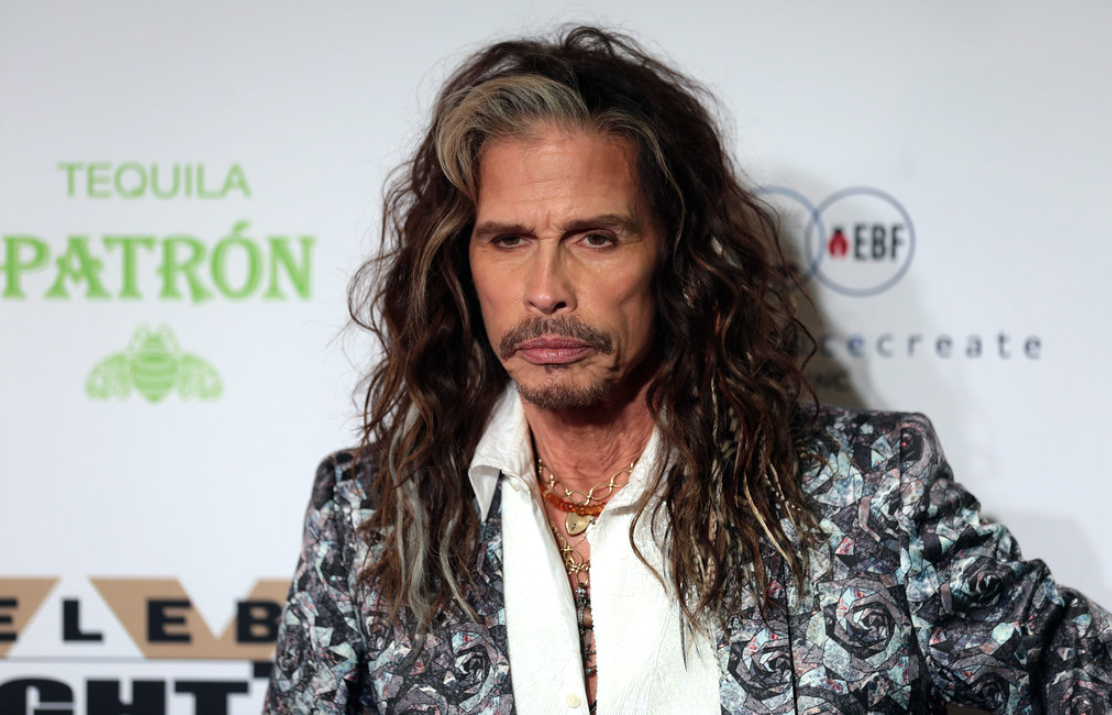
When 1980s addiction nearly destroyed both his voice and career, Steven Tyler staged one of rock’s greatest comebacks, from being on the list of the worst alcoholics in music history, to embracing sobriety and reinventing Aerosmith. His substance dependencies threatened both his health and the band’s future during their initial success period. Their remarkable career trajectory demonstrates the power of second chances. After embracing sobriety, Tyler led Aerosmith to massive renewed success with a new generation of fans. Bands facing similar collapse can find hope in how recovery transformed a fading act into an enduring musical force.
9. Eddie Van Halen: Innovation Through Adversity

Guitar playing changed forever when Eddie Van Halen introduced “tapping” and other revolutionary techniques that expanded what seemed possible on the instrument. His innovations influenced over 70% of guitarists who followed, spanning virtually every rock subgenre. His techniques appear in countless compositions well beyond his own band’s catalog. While dazzling audiences with virtuosity, Van Halen fought addiction issues that threatened his health and creativity. Musicians struggling with substance issues can look to his eventual embrace of sobriety as proof that innovation and creativity flourish in recovery.
8. Dave Mustaine: Revenge Through Creation

Cast out of Metallica just before their breakthrough, Dave Mustaine transformed rejection into motivation that fueled Megadeth’s rise as thrash metal pioneers. His technical skills and distinctive approach helped define an entire subgenre within heavy music. His playing style reshaped how subsequent generations approached metal guitar. Early substance misuse caused conflicts with bandmates and professional instability. When facing career setbacks alongside addiction, sobriety can provide the focus needed to transform disappointment into creative achievement.
7. Amy Winehouse: Vintage Soul Lost Prematurely

Blending vintage jazz sensibilities with modern soul vulnerability, Amy Winehouse captured worldwide attention with a voice that seemed to come from another era. Her deeply personal lyrics and authentic delivery resonated with listeners who identified with her struggles. Her influence continues through numerous artists who emerged after her brief career. Addiction tragically ended her life at 27, making her another member of the “27 Club” alongside Joplin, Morrison, and Cobain. The music industry’s continued struggle to support artists in crisis highlights how much irreplaceable talent vanishes when intervention arrives too late.
6. Nikki Sixx: Rebirth After Death

Flat-lined for two minutes after a heroin overdose, Nikki Sixx literally returned from death to build Mötley Crüe into a rock powerhouse. His severe addiction culminated in this near-fatal episode where medical personnel pronounced him dead before revival. His brutally honest memoir “The Heroin Diaries” details his descent into substance dependency. Following this dramatic wake-up call, Sixx committed to sobriety and supporting others with similar challenges. Even the most extreme addiction experiences can transform into powerful catalysts for both personal recovery and helping others escape similar fates.
5. Scott Weiland: Voice Extinguished by Addiction

Perfect pitch meets raw emotion in Scott Weiland’s captivating vocal performances that defined both Stone Temple Pilots and Velvet Revolver’s signature sounds. His distinctive voice shaped 1990s alternative rock while demonstrating remarkable versatility across musical styles. His approach to rock singing influenced a generation of vocalists who followed. Substance issues shadowed his entire career despite his magnetic stage presence. His 2015 death, following years of apparent stability, shows how addiction’s shadow can persist throughout an entire musical journey.
4. Lemmy Kilmister: Rock’s Uncompromising Force

With whiskey in hand and bass cranked to painful volumes, Lemmy Kilmister defied medical science by surviving an infamously excessive lifestyle well into his seventies. His distinctive bass playing and gravelly vocals produced an immediately recognizable sound that drove Motörhead for decades. His unwavering artistic vision never bent to commercial pressures throughout his long career. Despite his famously excessive lifestyle, Lemmy remained active until his death at 70. His seven-decade career challenged conventional wisdom about how long rock’s hardest-living icons could sustain their creative output.
3. John Frusciante: Phoenix From the Ashes
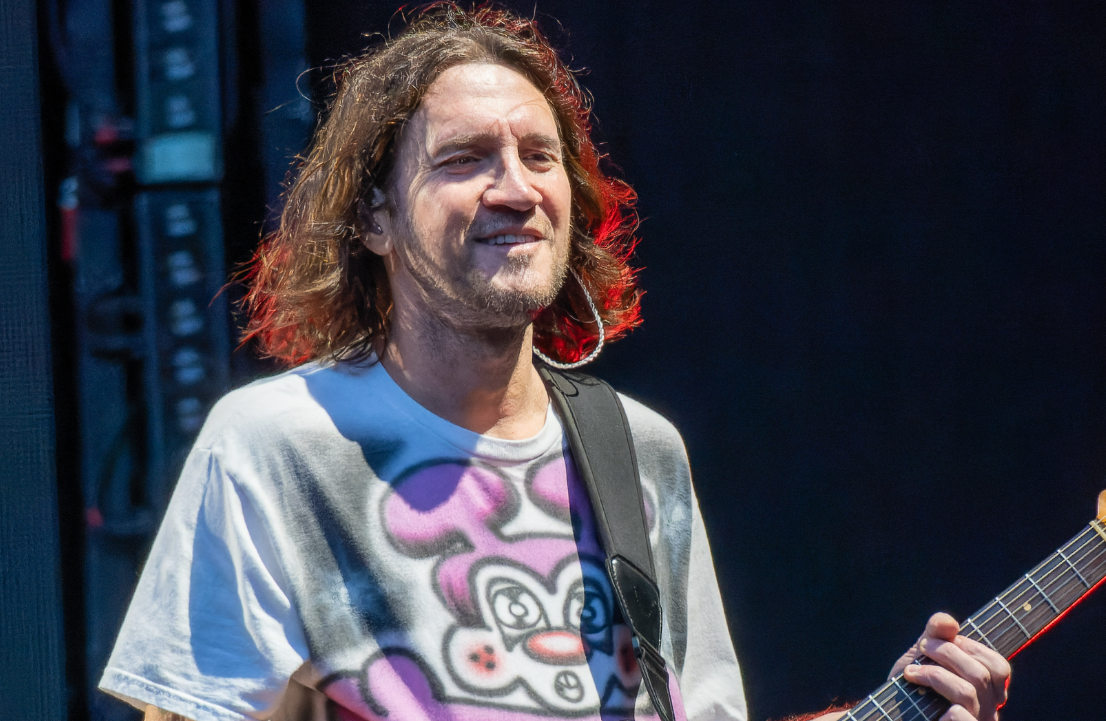
So deep was his addiction that John Frusciante abandoned fame and nearly died before emerging to create the Red Hot Chili Peppers’ most acclaimed musical works. His serious heroin dependency forced his departure during the band’s commercial peak, bringing him to death’s edge. The band’s sound changed dramatically during his absence, highlighting his unique contribution. After extensive recovery, Frusciante rejoined with renewed creative purpose. When addiction’s grip finally releases, artistic evolution can accelerate beyond what seemed possible during active dependency.
2. Iggy Pop: Punk’s Immortal Spirit

If you’re searching for rock’s ultimate survivor, look to Iggy Pop, whose feral performances and dangerous lifestyle should have ended his career decades ago. His uninhibited physicality and raw musical approach influenced artists across multiple generations. His impact reverberates through countless performers who have adopted elements of his boundary-breaking style. For years, his life centered around substances that appeared certain to cut short both his career and life. Defying expectations, Pop now performs with remarkable energy at 77, proving that even extreme artists can find sustainable creativity through recovery.
1. Billie Joe Armstrong: Public Recovery Journey

A dramatic onstage meltdown during a 2012 performance became the turning point that forced Billie Joe Armstrong to confront his substance abuse issues publicly. His direct, honest lyrics addressed personal struggles in ways that connected with millions worldwide. His breakdown revealed the full extent of his battle with addiction. Following rehabilitation, Armstrong returned with renewed focus to guide Green Day’s continued evolution. Musicians facing similar struggles can find in his transparency a template for addressing addiction without sacrificing artistic identity or audience connection.







